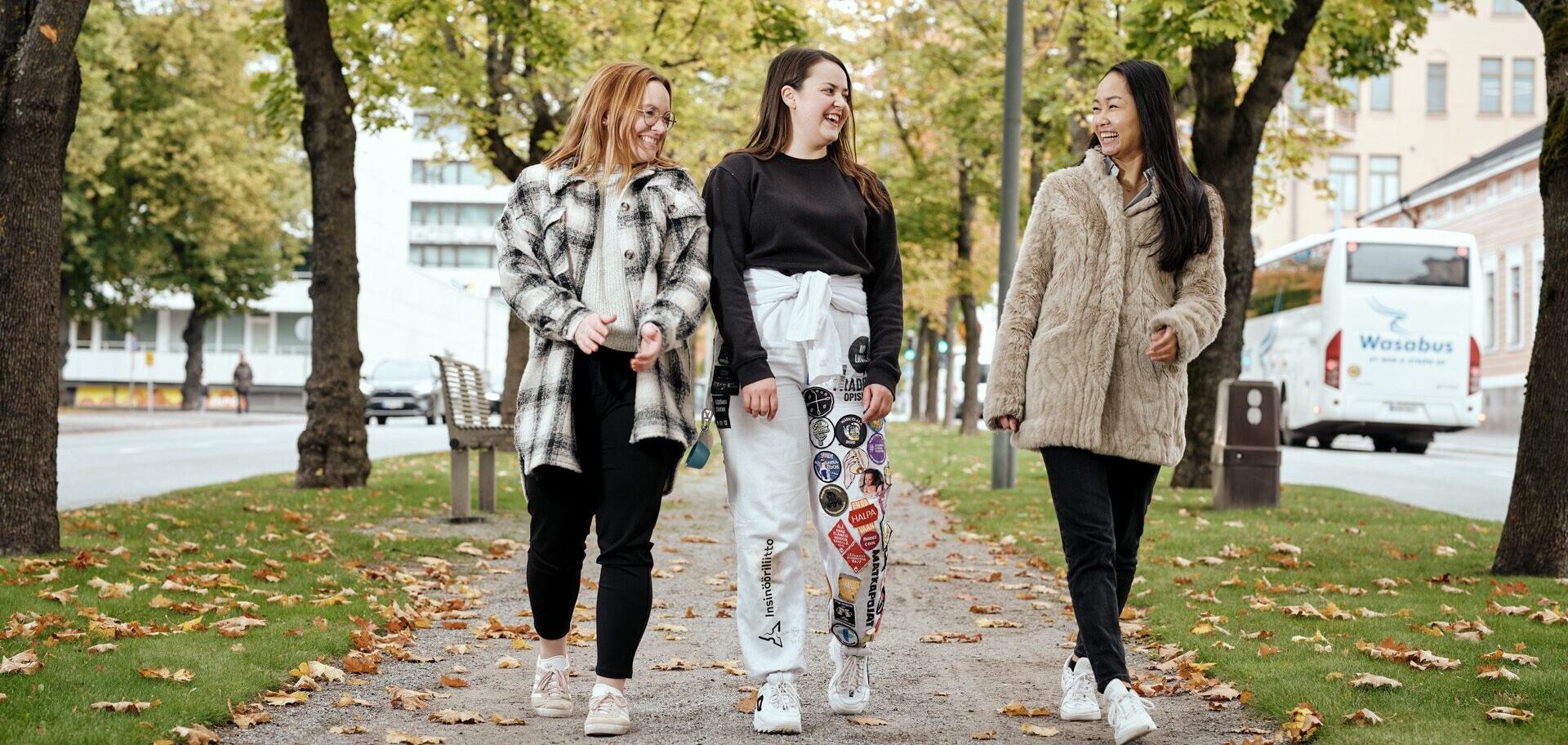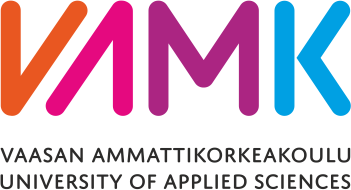
Promotion of carbon neutrality and sustainable development at the center of VAMK’s operations
One important top theme of Vaasa University of Applied Sciences is the promotion of sustainable development. Teaching and RDI activities are strongly linked to the needs of the companies in the region and to the opportunities offered by the energy cluster. VAMK has strong expertise in calculating the carbon footprint, and the university’s own carbon footprint is being reduced by various means.
The position in the middle of the largest energy cluster in the Nordic countries gives VAMK good conditions to promote sustainable development and responsibility. Sustainable development can be seen in all activities of the school, from research, development and innovation work to the content of study units.
One of the focus areas of VAMK’s strategy is smart energy-efficient electrical technology. There are several bachelor and master level study units in technology that focus on future energy solutions. Training future talents especially for the needs of local companies is an advantage for both VAMK and other operators in the Vaasa region.
In addition, VAMK’s multidisciplinary RDI platforms offer practical solutions to sustainable development, welfare services and smart everyday life. In the research and development work carried out together with companies, the emphasis is on sustainable solutions and looking for ways to continuously reduce emissions.
The students calculated VAMK’s 2021 carbon footprint again as a coursework
Vaasa University of Applied Sciences’ second-year environmental technology students calculated VAMK’s 2021 carbon footprint again as part of the Carbon neutral society course in the fall semester of 2022. VAMK’s carbon footprint was calculated for the third time. Asseri Laitinen, lecturer in energy and environmental technology and head of the Carbon Footprint Working Group of the Rector’s Conference of Finnish Universities of Applied Sciences Arene, was the supervisor and commissioner of the carbon footprint calculation.
“The course project teaches what carbon footprint calculation requires through a real working life case. A large project group and the search for information from different parties in a wide organisation develop project working skills and other working life skills. At the same time, you can see up close what climate measures have already been taken at your university and where there is still room for improvement,” says Laitinen.
The students chose environmental technology student Henri Ovaska as the project manager for the carbon footprint calculation project. The project manager compiled a report on the carbon footprint calculation. In addition to the carbon footprint, the report contained problems related to the access to information of the different calculation teams as well as considerations that could be used to make the calculation in the coming years more efficient and easier.
“It was great to be able to implement an interesting practical project. Calculation had its challenges, but the search for solutions as a team is also part of the future working life of many course participants. In the end, the job was successfully completed and valuable experience was gained at the same time”, says Ovaska.
Emission-free electricity and district heating reduce the carbon footprint
VAMK’s carbon footprint in 2021 was a total of 224.9 tCO2-eq, which is 65% less than in the previous year. For comparison, the carbon footprint of one Finn weighs about 10 tCO2-eq. The carbon footprint was calculated by using Arene’s carbon footprint calculator, which is a common calculation model for all Finnish universities of applied sciences.
Buildings and their heating produce most of VAMK’s emissions. District heating was still normal in the 2020 calculation, while Vaasan Sähkö’s Climate Guarantee district heat was produced without emissions in the 2021 calculation. Emission-free district heating has had the biggest single impact on reducing emissions.
In August 2022, the solar panels installed on VAMK’s roof will reduce the amount of VAMK’s purchased electricity by approximately 5% and thus reduce VAMK’s carbon footprint even further. Emissions from flying doubled from 2020, but were still around 80% lower in 2021 than before the corona pandemic.
Promoting carbon neutrality as a strategic goal
According to its strategy, VAMK aims to be carbon neutral by 2030. The first sustainability and responsibility program was published last year to support this effort. The program is updated annually, and it highlights goals that promote continuous work for sustainable development. The progress of the work and the realisation of the goals are monitored and compiled in an annual report.
The work is progressing in the right direction as the carbon footprint decreases every year, but the work continues. In their carbon footprint calculation report, the students suggested how VAMK’s carbon footprint could be further reduced. Some of the students’ suggestions have already been implemented, such as the installation of VAMK’s own solar panels. There is still work to be done, and in addition, staff and students must be instructed on how they can help reduce the carbon footprint of the VAMK.
“At VAMK, we have established a sustainable development expert team, which, through different themes, considers measures that we can use to ensure that the goals of our program are fulfilled. We feel it is important that every member of our community gets the opportunity to learn what sustainable development means and what it requires of us together to create and develop new sustainable solutions and measures for the future,” says VAMK’s quality and responsibility manager Katja Lakojoki-Karhu.

